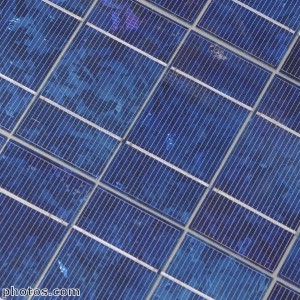Feed-in tariff confusion could put householders off green energy, says survey
The government is set to introduce changes to the feed-in tariff (FIT) rate at the start of next month, but confusion still abounds among consumers as to whether implementing solar power in their home makes for a good deal or not.
That's according to a new survey by, aptly, Confused.com, which found that almost a third (28 per cent) of consumers were muddled by the government's frequent changes to the tariff rate.
Consumers who plonk a wind turbine on the roof of their house or put solar panels on their shed have the option to sell excess energy generated by their home's power sources back to the grid at a pre-arranged rate set by the government. However, the rate is set to drop for the second consecutive quarter on August 1st, making implementing such green solutions less appealing to householders and businesses alike.
In fact, 40 per cent of those consumers polled by Confused.com who didn't already have a photovoltaic unit sunning itself on top of their homes admitted they were put off the scheme by the rate change. A further quarter didn't trust the government's long-term commitment to the initiative, while 15 per cent were straight up baffled by the entire idea of it.
"Solar energy is looking like a real success story for consumers, with many getting solar panels installed in direct response to the high cost of household energy," said uSwitch.com energy efficiency expert Kevin Sears.
"However, the benefits are being overlooked or undersold because of the focus on the feed-in-tariff scheme and the constantly changing goalposts - this is putting many consumers off."
If you're rendered gloomy and moping by the government's changeable commitment to buying back clean energy from the grid, you can still benefit the environment and lower your own energy costs around the home with eco-friendly solutions such as LED lighting.
LED bulbs use less energy and burn brightly for around 25,000 hours - more than 20 years, under normal lighting conditions. They are also made of more renewable materials and don't contain mercury, so in 2032 they will be a doddle to recycle.

